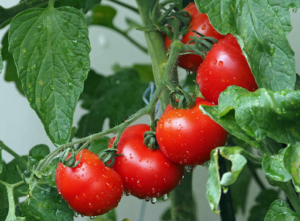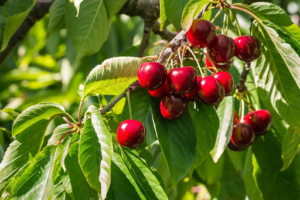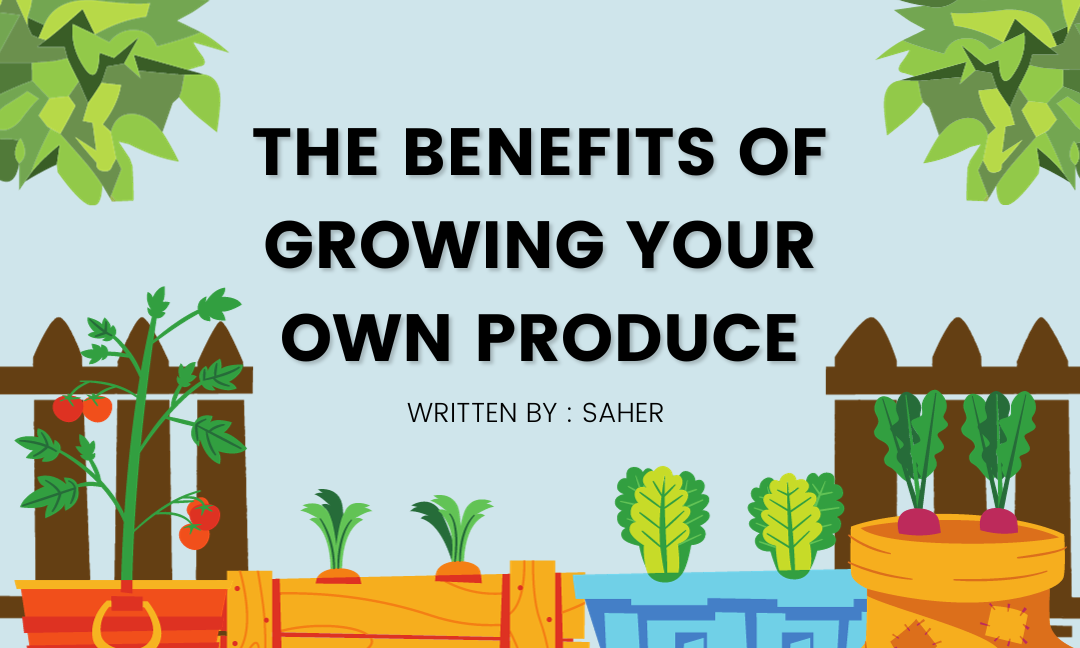Written by: Sahaer
Edited by: Jiya Mehta
Designed by: Jiya Mehta
Published by: Rayna Almas
In this blog you’ll learn the many benefits of growing your own produce (fruits and vegetables) at home and how that can be helpful in terms of finances, helping the environment and reducing your carbon footprint.
We’ll be starting off with the most beneficial point of growing your own food at home that can help you save money and spend less when buying groceries. In the beginning of the process when you start growing your own food you will have to make initial investments (just a few dollars on buying seeds for your favorite plants, fruits or vegetables and buying good soil). All you need to do is put in a little bit of hard work, and once your backyard or mini garden is established you just need to do watering and pulling weeds as time goes by and watching the process. The beautiful thing is that you can enjoy 20-30 tomatoes from 1 seed of a healthy growing plant. Imagine how much money you can save from buying tomatoes by growing your own.

Growing your own produce in your home or backyard can help the environment and reduce your carbon footprint (total number of greenhouse gasses produced by our actions). By growing your own food you can increase green space, make room for more pollinators such as bees, butterflies, moths, etc and increase the amount of oxygen in your area. This will also reduce the amount of transportation and packaging processes it takes for produce to arrive at stores and markets in turn decreasing the amount of fossil fuel used which would reduce your carbon footprint. This will also decrease the amount of carbon dioxide and carbon gas released into the air.
Growing your own food reduces the use of pesticides and fertilizers. In the U.S the sales of pesticides is well over $15 billion and $19 billion for commercial food. The use of pesticides and fertilizers can damage plant roots, helpful bacteria and nutrients causing harm to pollinators, the air, plants and aquatic environments nearby. But when plants are grown naturally, the nutrients are distributed equally and naturally to the plants and they grow properly without use of chemicals. Not just that; food grown organically free from harsh ingredients and chemicals in your own garden or backyard tastes much more delicious than food that is bought from stores.
Growing your own food helps you connect with nature and learn about the growing cycle and you develop respect for the environment. It’s a great learning opportunity as you get to learn about the different plants, nutrients found in them, the way they grow, the plant’s life cycle and getting to interact with the nature and weather around your garden. It’s a great way since you have all the control over your garden; such as what types of ingredients you use to grow them and how much you want to grow. Gardening is a great way to learn something, enjoy in your free time as a hobby and have fun.
Here are some vegetables and fruits you can grow in the autumn season (for the month of October and November) in your home as it will be perfect weather with a lot of rain, cool air and warm soil in your yard with your garden beginning to put down new roots. With the cool atmosphere there will be less diseases and pests to worry about and you can grow some very yummy vegetables.
- Beetroot – You would want to plant seeds in early October and it will take approximately 10-12 weeks to grow. They will be ready for harvest when the roots are clearly visible on the surface of the soil.
- Broccoli – It takes 12-16 weeks to grow and is one of the easiest crops to grow.
- Cabbage – It will take 8-16 weeks to be ready and you can continue to be grown through fall to winter.
- Spinach – it only takes 6 weeks to grow and it doesn’t just grow in the autumn season but throughout the year (winter and summer) so you can enjoy all 12 months.
- Some other plants to grow in November would be chilies, onions, garlic, or lettuce.
- Some fruits that you can grow are apples, pears, plums, cherries and raspberries.


Sources
Allen, M. (2021, August 26). The 6 environmental and health benefits of growing your own food. The Garden Continuum – Medfield MA Landscape Design and Build Company. https://www.thegardencontinuum.com/blog/the-6-environmental-and-health-benefits-of-growing-your-own-food
Crow, R. (2022, July 15). How to grow spinach – indoors or outdoors for healthy leaves. homesandgardens.com. https://www.homesandgardens.com/advice/how-to-grow-spinach
Goulding, J. (2022, September 29). Vegetables to plant in October: 12 crops to sow and grow this month. gardeningetc.com. https://www.gardeningetc.com/advice/vegetables-to-plant-in-october
Gwmag. (2023, June 27). What to plant in November. What to Plant in November | BBC Gardeners World Magazine. https://www.gardenersworld.com/plants/vegetable-seeds-to-sow-in-november/
The top 12 veggies to plant in Autumn. Flower Power. (n.d.). https://www.flowerpower.com.au/garden-advice/gardening/the-top-12-veggies-to-plant-in-autumn/
The top 5 benefits of growing your own vegetables. Urban Roots Garden Market. (2022, May 26). https://urbanrootsgardenmarket.ca/the-top-5-benefits-of-growing-your-own-vegetables/
What to plant in fall. What to Plant in Fall | MiracleGro Canada. (n.d.). https://miraclegro.com/en-ca/landscaping-planning/what-to-plant-in-fall.html
Images:

